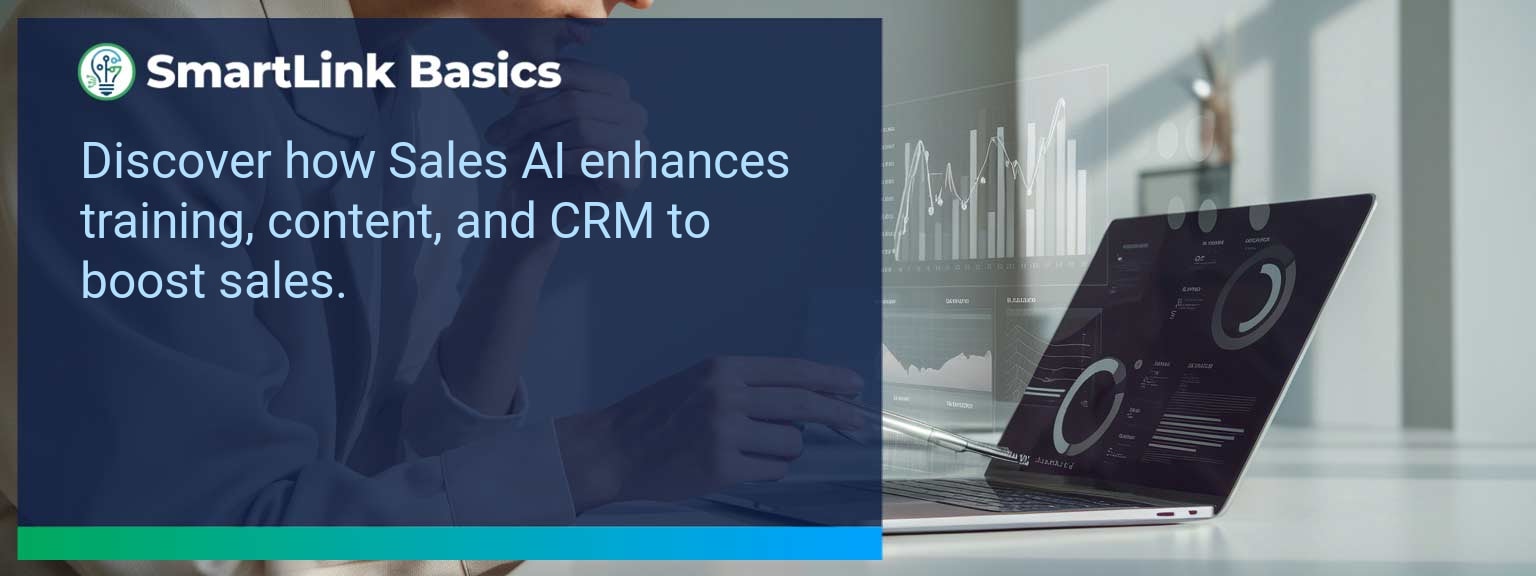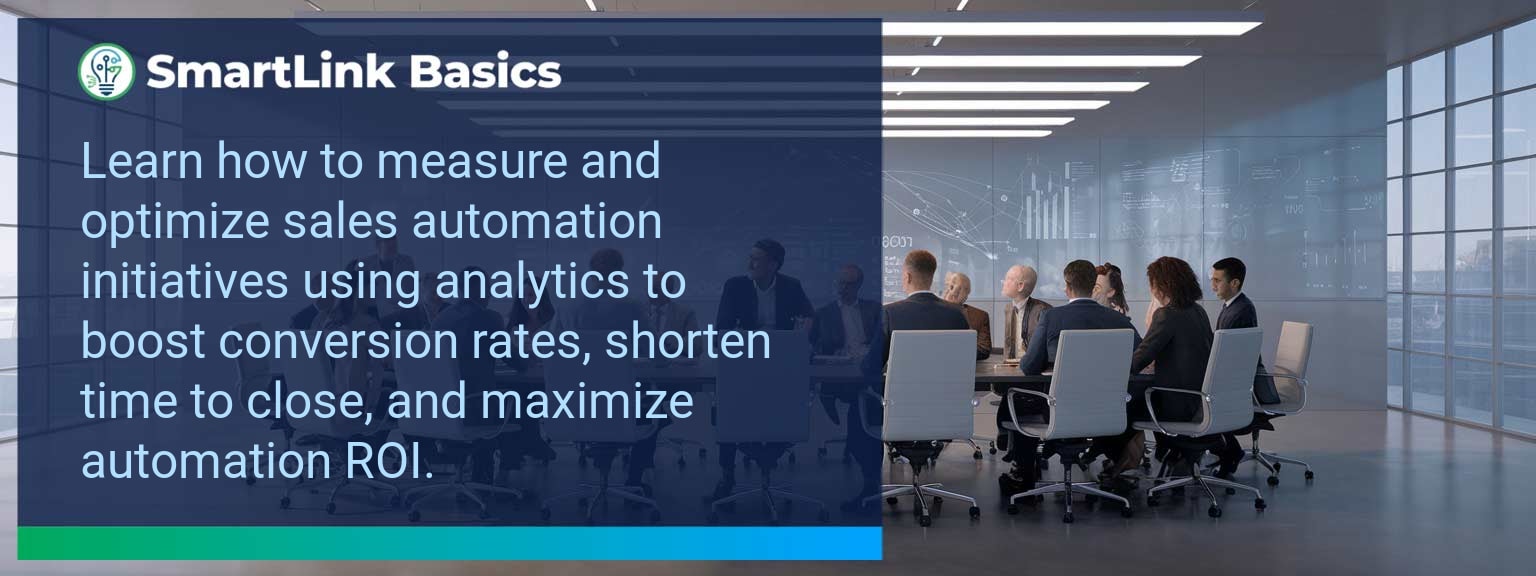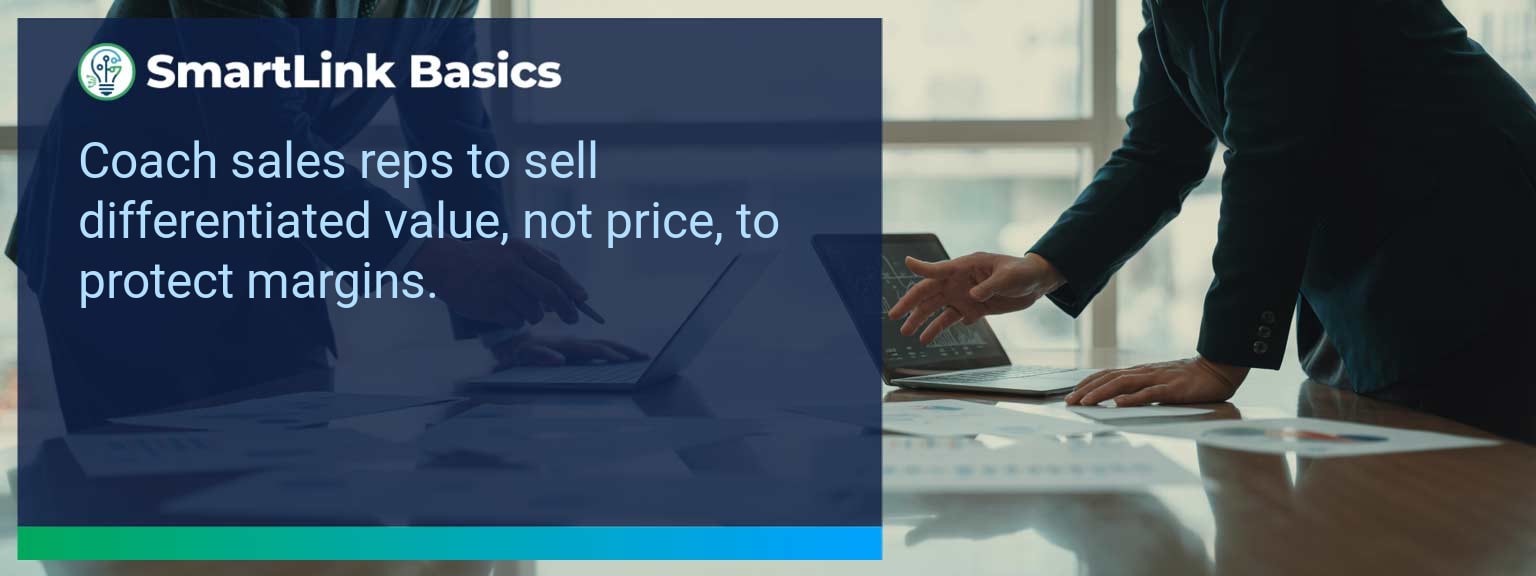Sales enablement has long centered on providing reps with training, tools, and content—but static approaches no longer keep pace with buyer expectations or modern revenue operations. At SmartLink Basics, we see Sales Enablement AI redefining performance by personalizing coaching, automating workflows, and predicting buyer engagement. This is not just a technology upgrade; it is a complete shift in how sales teams operate. In this post, you will learn the AI-driven strategies transforming sales enablement, the barriers to adoption, and the measurable business impact of integrating AI into your enablement system.
- AI delivers personalized sales coaching based on rep performance.
- Intelligent content delivery ensures reps use the right assets at the right time.
- Predictive analytics improve readiness scoring and deal conversions.
- CRM optimization powered by AI reduces manual admin work.
- Adaptive platforms align marketing, sales, and enablement dynamically.
Sales Enablement AI: What Changed and Why It Matters
Traditional enablement emphasized static resources and scheduled training. The rise of Sales Enablement AI changed the game by making enablement dynamic, always-on, and predictive. Organizations no longer rely solely on quarterly training sessions or manual content sharing. AI-driven platforms improve pipeline conversion by detecting buying signals and connecting sellers with the most effective plays.
The significance is clear: teams using AI sales tools outperform peers on rep efficiency, buyer engagement, and forecasting accuracy. For sales leaders managing digital transformation, this means fewer wasted cycles, improved revenue operations, and more strategic visibility across the pipeline.
Redesigning the Revenue Operating System With Sales Enablement AI
ICP, Segmentation, and Targeting
AI sharpens targeting by analyzing customer behavior, intent data, and engagement history. Instead of broad personas, sellers receive micro-segmented insights that predict ideal customers with higher accuracy. For example, predictive sales coaching can highlight which vertical has the best near-term opportunities. Action: feed CRM optimization tools with enriched data to ensure consistent audience intelligence.
Pipeline Architecture
Sales enablement AI supports pipeline design beyond standard lead-to-close stages. Using workflow integration, leaders assess bottlenecks and improve forecast reliability. For instance, AI sales tools can detect stalled deals and prescribe re-engagement strategies. Action: build pipeline alerts that use predictive analytics to prioritize coaching on high-risk deals.
Plays and Messaging
AI enhances plays by recommending the right content asset for each stage and persona. Rather than reps manually searching for pitch decks, AI-driven enablement tools like Highspot or Seismic surface battle cards directly within CRM dashboards. Action: map messaging frameworks to AI-driven triggers so every email and call sequence is optimized in real time.
Operating Cadence
Managers benefit from automated performance analytics, removing guesswork from coaching. Weekly pipeline reviews evolve into continuous readiness analysis, guided by AI-generated insights. Example: an AI assistant transcripts calls and highlights coaching points automatically. Action: shift your cadence from static weekly check-ins to adaptive learning cycles driven by predictive analytics.
Barriers to Effective Sales Enablement
Organizations often struggle with fragmented data sources, inconsistent CRM adoption, and manual processes. Without AI, sales leaders lack visibility into buyer engagement signals. Rep training remains one-size-fits-all, which slows down new-hire onboarding. Overcoming these barriers requires integrating AI sales tools into core workflows, breaking silos between marketing, sales, and enablement functions.
AI Driven Strategies For Smarter Sales Enablement
Practical adoption involves aligning AI resources with business objectives. Leaders should:
– Automate CRM optimization tasks like call logging and follow-up reminders.
– Deliver AI-personalized coaching with tools like Gong or Chorus.
– Deploy predictive analytics to forecast both rep readiness and deal health.
Actionable insight: start small by applying AI in one workflow, such as automating meeting notes, before expanding across revenue operations.
Tangible Business Impact And Measurable Gains
Companies that successfully implement Sales Enablement AI report faster onboarding cycles, shorter deal timelines, and higher win rates. Real-world cases show 20–30% time savings on administrative work due to sales automation. Revenue operations teams also gain clarity with performance analytics, driving smarter coaching interventions. Action: align enablement KPIs with AI-driven insights to link productivity gains directly to revenue outcomes.
Emerging Trends And Next Generation Tools
Next-gen platforms are adaptive, learning continuously from past deals to refine recommendations. Tools like Seismic and Showpad now integrate predictive sales coaching and advanced workflow integration. Expect AI copilots to move from assistants to strategic advisors, guiding entire teams in pipeline execution. Action: audit current enablement platforms to determine AI readiness and future integration points.
| Category | Metric | Definition | Target |
|---|---|---|---|
| Leading | Enablement Content Usage Rate | % of AI-recommended content accessed by reps in deals | 75%+ |
| Leading | CRM Data Completeness | Proportion of deal records auto-filled by AI assistance | 90%+ |
| Lagging | Pipeline Conversion Rate | % of opportunities moving from qualification to closed-won | 30%+ |
| Lagging | Onboarding Time Reduction | Average time for new rep to hit quota with AI support | < 60 days |
| Quality | Engagement Quality Score | AI-assessed clarity and resonance of rep-buyer interactions | 85%+ |
| Quality | Message Consistency Index | Alignment of sales messaging with AI-enabled playbooks | 90%+ |
Get the 90-day plan, coaching rubric, and dashboard template to operationalize AI in your enablement program.
Shaping A Proactive, AI-Enabled Sales Future
Sales Enablement AI is reshaping how teams train, coach, and interact with buyers. The shift is from static programs to adaptive, insight-driven systems that boost productivity and align revenue operations. To stay competitive, leaders must embrace AI sales tools and systematize their use for measurable performance improvement. Explore AI-driven sales enablement resources from SmartLink Basics to take the next step in building smarter, revenue-focused sales systems.









